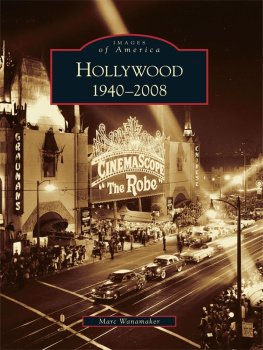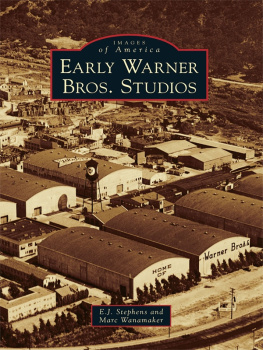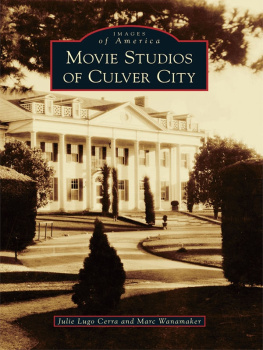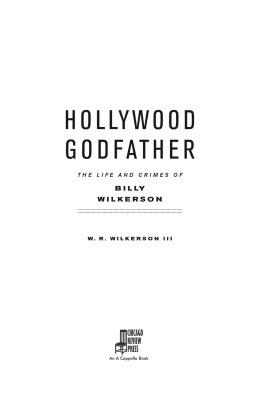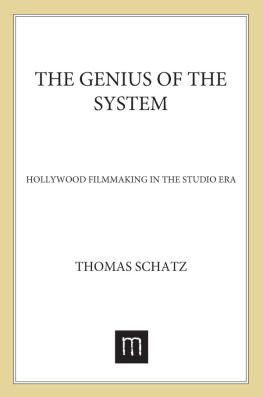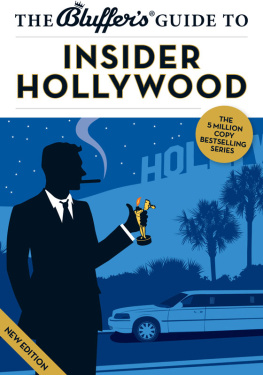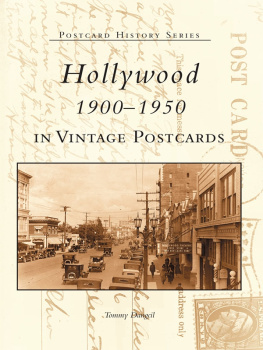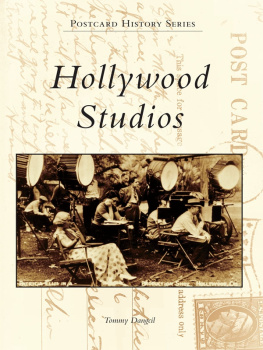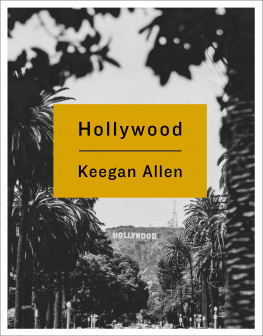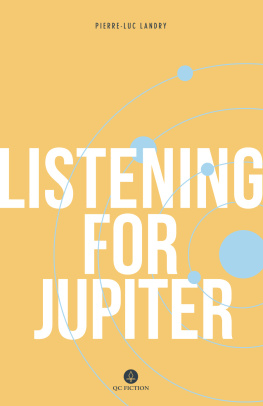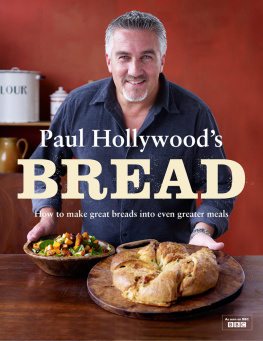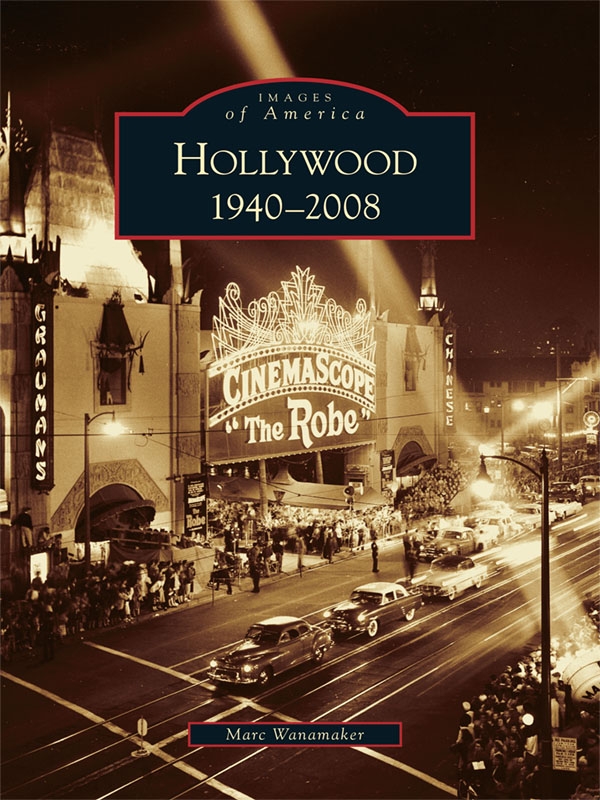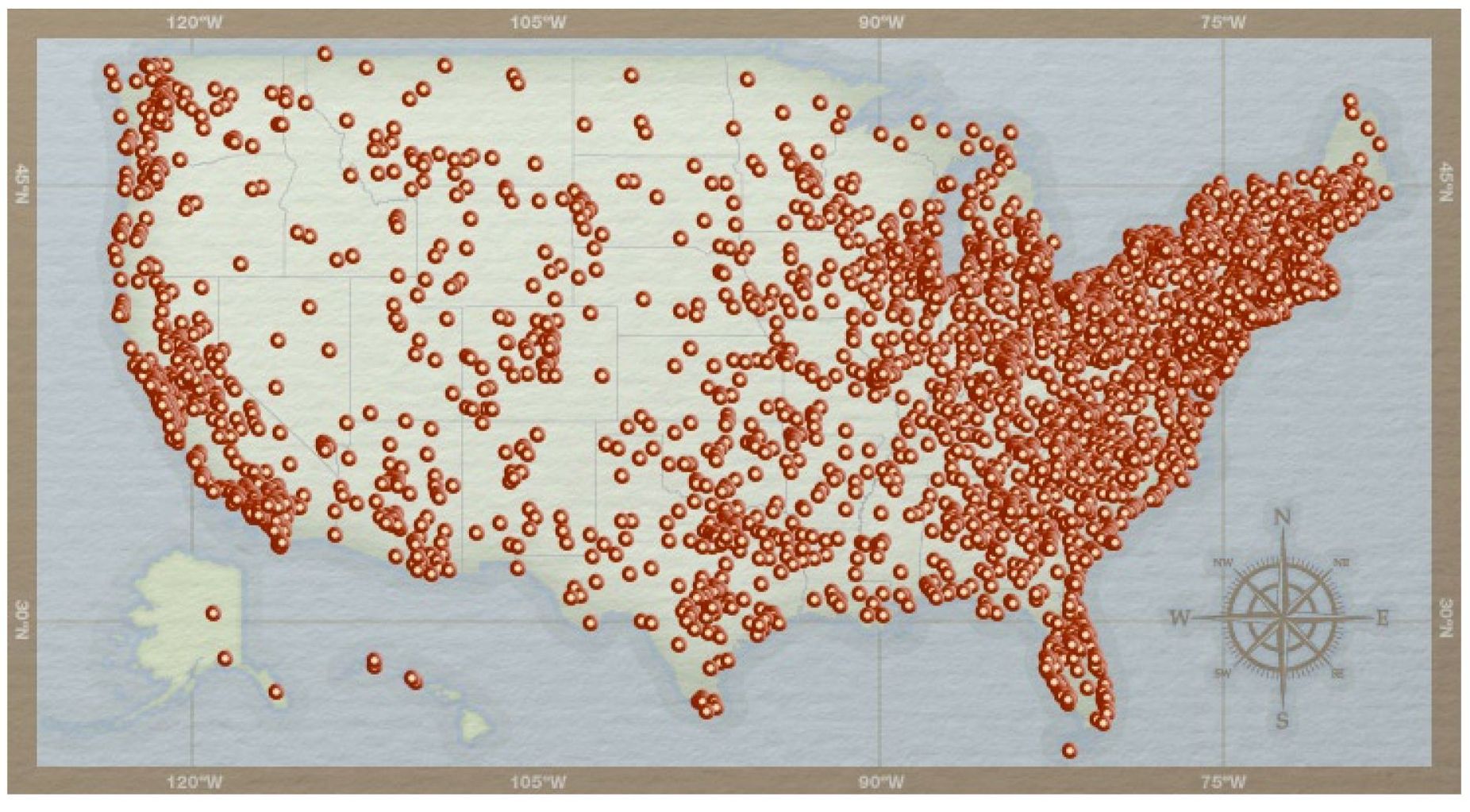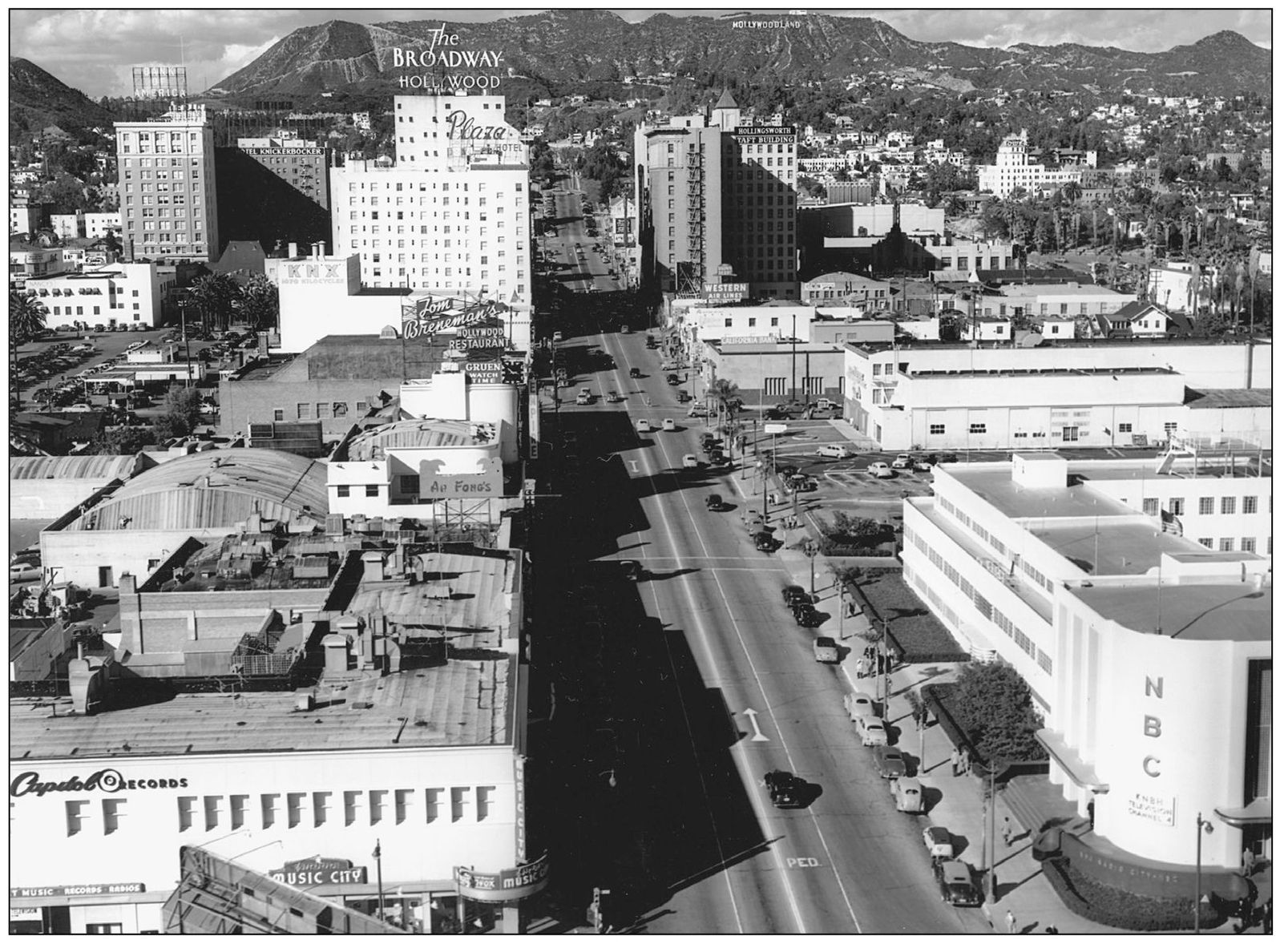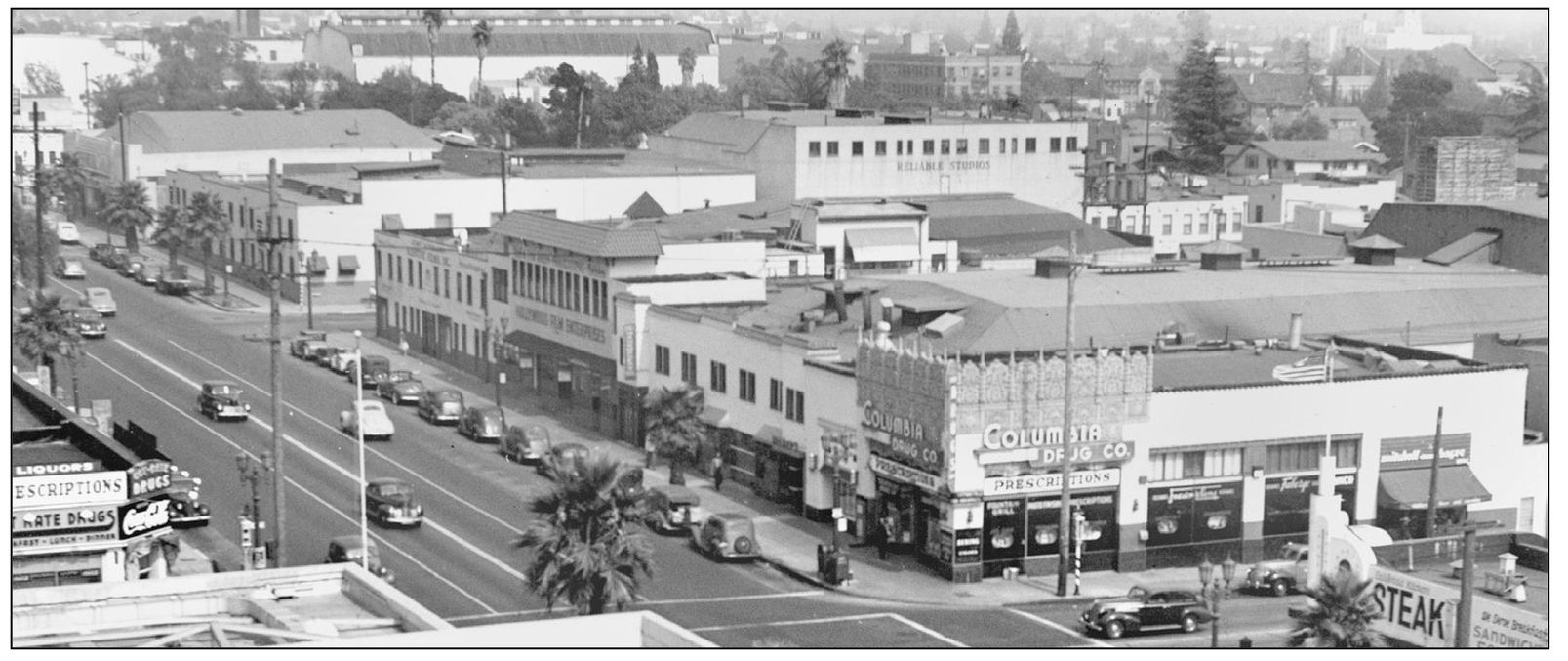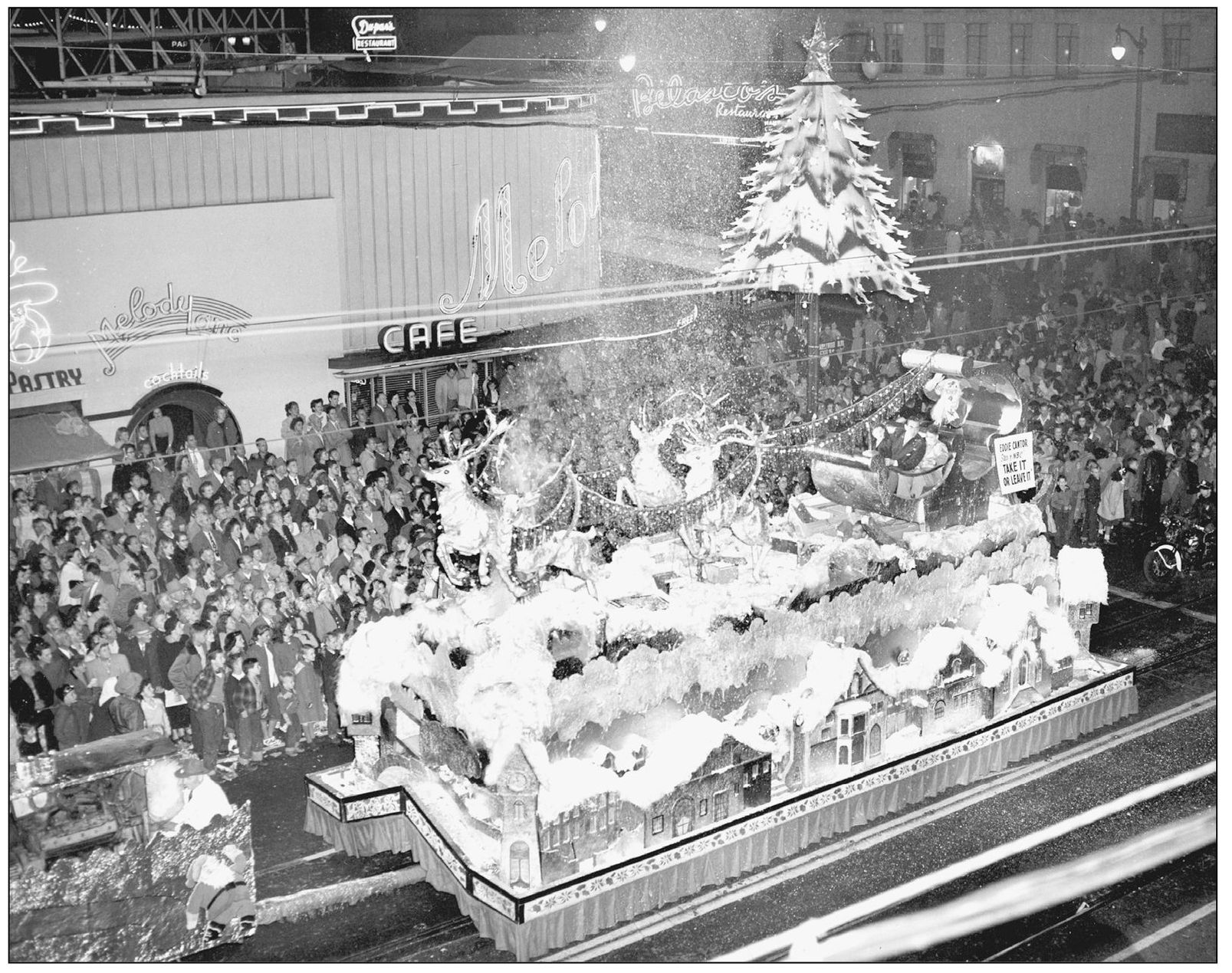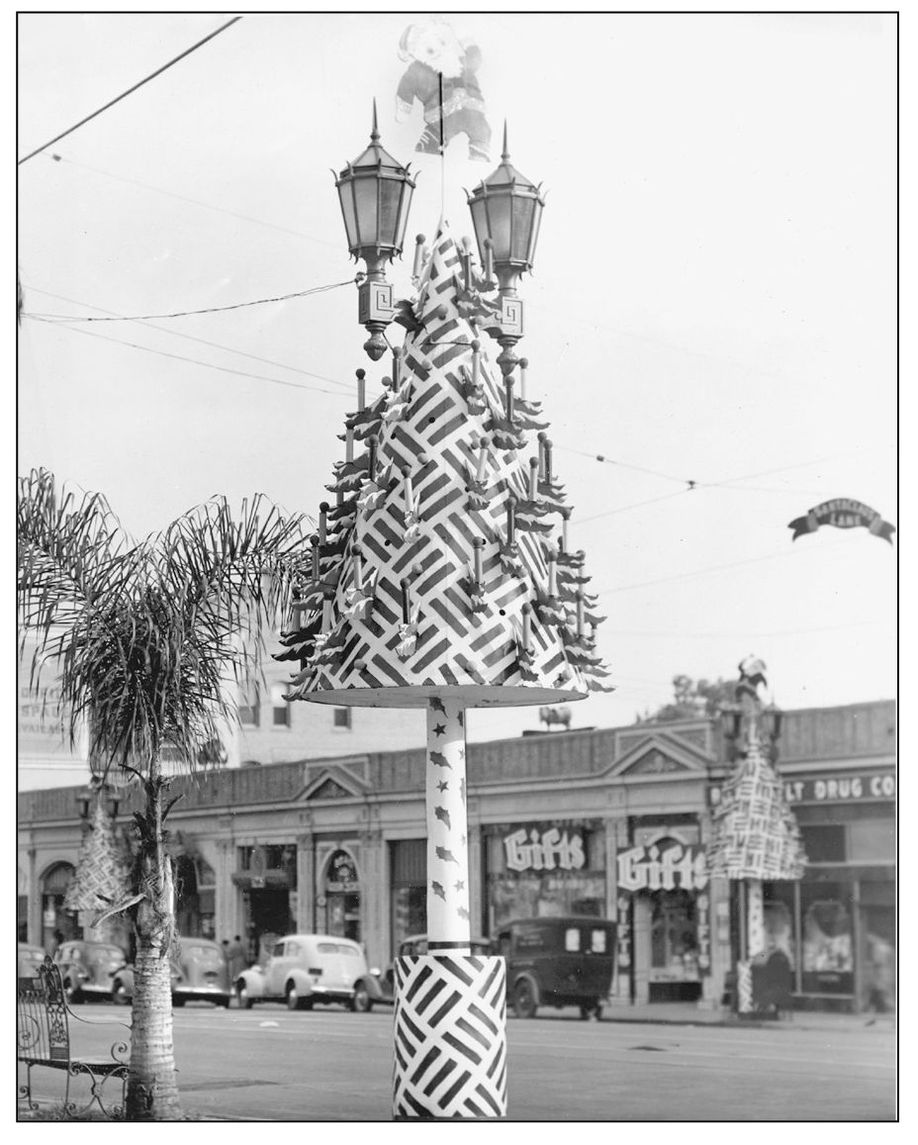One
HOLLYWOOD PICTORIAL
Hollywood transformed after the Great Depression with the help of the motion picture and radio industries. People were streaming to Los Angeles from around the world looking for work in the entertainment industries, thus, fueling development. Housing, entertainment, and business services thrived, changing the physical landscape and creating new landmarks.
The Hollywood Brown Derby remained the leading restaurant. Retail stores in the area boomed during the radio days, making Hollywood a shopping destination to rival downtown Los Angeles and Beverly Hills. The nightlife in Hollywood expanded with the addition of the Hollywood Palladium and Ciros, among others. Record companies expanded recording studios, and many musicians worked in the industry supplying music for the movies, radio, and records and supplying live performances at the many bars, clubs, auditoriums, and theaters.
With the coming of World War II, soldiers passed through town 24 hours a day. The war saved many Hollywood nightclubs and rejuvenated others, and kept the hotels at a high capacity. Some historic theaters became radio theaters and legitimate theaters were transformed into cinemas.
The studios experienced great growth during the war years, bringing more jobs. The Academy Awards returned to Hollywood in March 1944, increasing their popularity through radio broadcasts. At the wars end, television was already becoming the dominant industry in Hollywood, with radio continuing to supply entertainment nationally. Many thousands of ex-servicemen settled in Los Angeles, changing population demographics and resulting in a new boom.
Hollywood changed again in the 1950s with new housing, businesses, and infrastructures, including the Hollywood Freeway, which dramatically bisected the famous landscape. In 1954, Capitol Records built the first circular office tower in Hollywood, creating an enduring landmark that remains world famous. New television studios were built, such as CBS Television City, and some older theaters were remodeled, trading historic designs for something modern.
Development came to an abrupt halt by 1968; when Hollywood declined, rock n roll transformed Sunset Strip into a music scene, and tourism generally flagged even as Universal Studios and Disneyland were major draws. Some industry support services closed, and Hollywood Boulevard showed that negative effect with empty businesses. Revitalization in the 1980s and 1990s meant both restoration and disappearance for various landmarks.
SUNSET BOULEVARD AND VINE STREET, 1949. By 1949, NBC Radio Studios were located on the northeast corner of Sunset Boulevard and Vine Street. At Selma Avenue and Vine Street, the site of the old Lasky- DeMille Barn, which later was the first Hollywood studio of Paramount Pictures, became a lighting company. Other historic sites on Vine Street included the Hollywood Rooftop Ballroom, Hollywood Brown Derby, Plaza Hotel, It Caf, ABC Radio Studios, and Tom Brenemans Breakfast in Hollywood club.
SUNSET BOULEVARD AND GOWER STREET, 1940. Taken from the roof of Columbia Square, looking southeast, this photograph shows the area that was once named Poverty Row and was later dominated by Columbia Studios. Poverty Row was an area consisting of small film production companies of the first and second decades of the 20th century, including Chadwick, CBC (Cohn-Brandt-Cohn, the precursor of Columbia Studios), Horsley, Francis Ford, Reliable, C. C. Burr, and the Grand studios.
SANTA CLAUS LANE PARADE, 1949. A Christmas tradition, this parade was established in 1928 and was usually hosted by a celebrity grand marshal. The caption on the original photograph read, With all its glimmer and glamour, Hollywood officially welcomed Santa Claus last night as his float crossed Hollywood and Vine. Aboard the float was Eddie Cantor and his grandchild, who helped in staging.
HOLLYWOOD BOULEVARD DECORATIONS, 1940. Businessman Harry Blaine conceived the idea of decorating Hollywood Boulevard for the holidays in 1928. He declared Hollywood Boulevard as Santa Claus Lane, and the opening of the shopping season was the parade, with a live reindeer pulling a wheeled sleigh with Santa and a celebrity.

